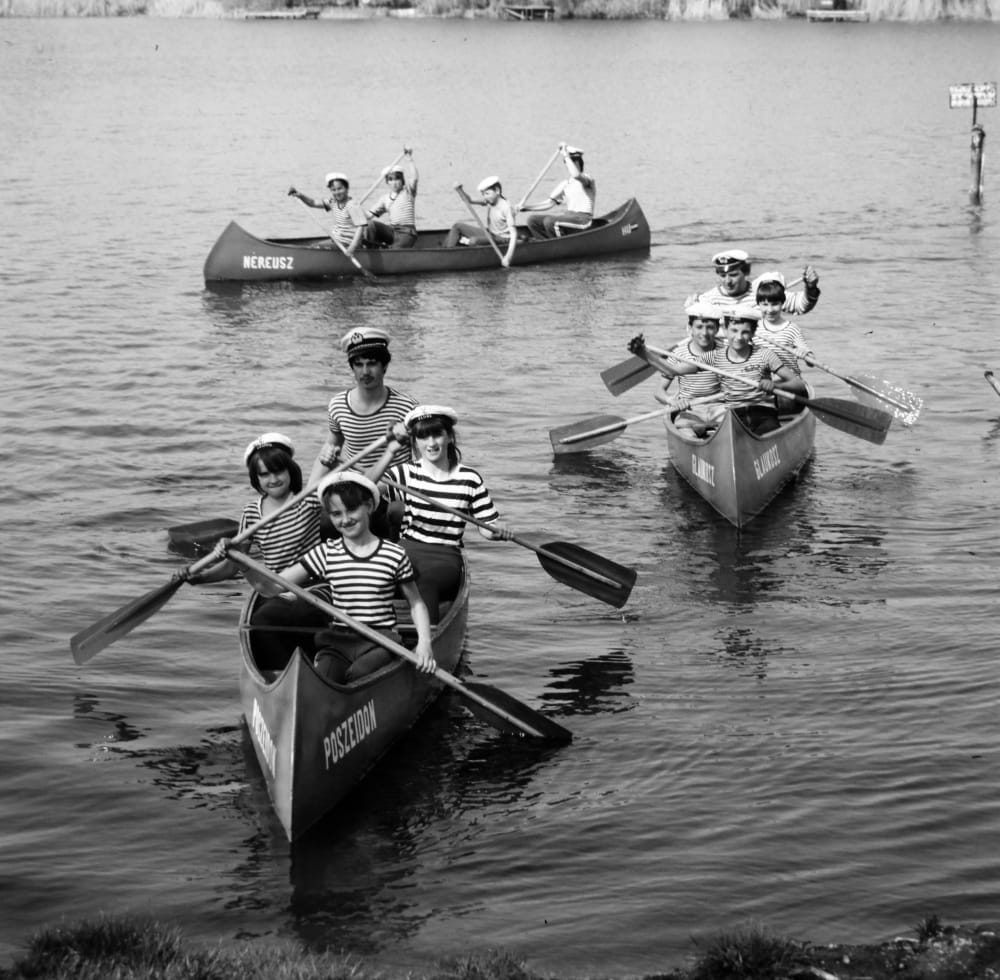Design meets automation: How we reimagined product workflows at Boldare
When we talk about innovation in digital product design, it’s easy to picture cutting-edge interfaces, refined user journeys, and data-driven iteration cycles. But there’s a quieter, often overlooked frontier that’s just as critical. As Andrii Nozdrin explains in this article, the operational layer behind great design. The mechanics that make the design process seamless, timely, and truly cross-functional. At Boldare, we build digital products with speed and purpose. That means rapid feedback loops, high stakeholder involvement, and a continuous flow of deliverables. But for all the agile rituals and UX best practices we have in place, one challenge kept surfacing in our projects: manual overhead.
Manual coordination between teams. Manual tracking of translations. Manual setup for usability tests. All of it added friction - especially when working with distributed teams or managing products across different time zones and languages. So, like any designer fed up with repetitive tasks, I asked myself: what can we automate? It turns out, quite a lot.

Table of contents
Automation as a Design Tool
While automation might sound like a tool reserved for developers or operations teams, in practice, it has become an essential part of our design toolkit. Tools like Make and Zapier allow designers to create workflows that reduce repetition, improve team communication, and even handle localisation at scale.
At first, I started small. A notification here, a doc update there. But as I dug deeper, I began to realise that automation could stretch across the entire design-delivery chain. From wireframes to localisation, from usability testing to final delivery - the potential was huge.
The real Problem: Lost time and fractured communication
Let me give you an example from one of our recent projects. We were building a digital service targeted at both English and Arabic-speaking users. The designs were prepared in Figma and looked solid. But once we reached the localisation phase, we hit a bottleneck. Translating every piece of UI text manually was not only time-consuming, it was error-prone and highly dependent on whether the right person was available at the right moment.
There were endless Slack messages. Google Docs with missing strings. Product Owners asking what was still pending. It was clear that we weren’t just dealing with a content issue - we were facing a workflow challenge. So we decided to break the pattern.
Building the Automation pipeline
Here’s what we put in place - and it’s one of the workflows I’m most proud of. After the design was finalised in Figma, I connected the frames to Amazon AWS Textract, which scanned the screens and automatically extracted all visible text. That content was then sent to a structured Google Doc, acting as a centralised translation file.
From there, I used Make to send each English string through DeepL, which generated an initial Arabic translation suggestion. This wasn’t a final copy, of course, but it was a massive help - it gave our Product Owner a first draft to work from, instead of starting with a blank page.
Once the draft was ready, Make triggered a Slack notification to our Product Owner, prompting them to review and approve the Arabic copy. When the copy was approved and updated in the Google Doc, another automated notification was sent - this time back to the design and dev team - letting them know that the final content was ready to implement.
What once took days of chasing and context-switching now happens in hours, with everyone informed, and everything tracked.
The bigger picture: Automation in testing and validation
Translation workflows were just the beginning. We also began applying automation to our UX testing cycles.
For example, when preparing usability tests, we often had to manually collect test candidates, schedule calls, send reminders, and follow up with participants afterwards. Each of these steps sounds simple, but taken together, they create a burden especially for small teams juggling multiple priorities.
By integrating tools like Zapier and Google Calendar with our participant database, we set up an automated sequence: once a test candidate was selected, they received a personalised email with available testing slots. After booking, reminders were sent automatically 24 hours before the session. Post-session, the system followed up with a feedback form and stored the results in a Notion database for easy team access.
Again, not a single line of code. Just smart connections.
https://www.boldare.com/work/case-study-practitest/
Impact that Speaks for Itself
The value of this kind of automation can’t be overstated. We saved hours of manual work each week. But more importantly, we reduced room for error, created a more predictable workflow, and freed up time for what really matters: the thinking, the designing, the refining.
For our team, it meant fewer Slack threads and status meetings. For our Product Owner, it meant having one clear place to approve translations. For our clients, it meant faster delivery and higher quality.
Automation didn’t replace collaboration - it enabled it.
A Culture of Experimentation
At Boldare, we thrive on experimentation. And automation became just another way to experiment - not with the product interface, but with the way we work. As a product designer, I used to see automation as something adjacent to my role. Now, I see it as central.
It’s a mindset shift. When you start asking yourself “how can this be done faster?” or “is there a smarter way to get this into the hands of the right person?”, you begin to spot opportunities for automation everywhere.
I won’t pretend every workflow was perfect from the start. Some setups failed. Some notifications got lost. But each time, we learned. We iterated on our automation pipelines the same way we iterate on products. And slowly, we built systems that truly supported our process - not added to it.
Final thoughts
Automation isn’t a magic fix. It won’t replace creativity, strategy, or empathy - the core pillars of great design. But it will give you more time and space to invest in those pillars. It will reduce noise and let the signal come through.
And in a team like Boldare, where we’re always aiming for smarter, faster, more collaborative delivery - that’s a game-changer.
Whether you’re a designer, a client, or a stakeholder wondering how design operations can scale - I’d say this: automation is no longer optional. It’s a strategic advantage.
Start small. Experiment. Build your own workflows. And never underestimate the power of a good Zap.
Share this article:








